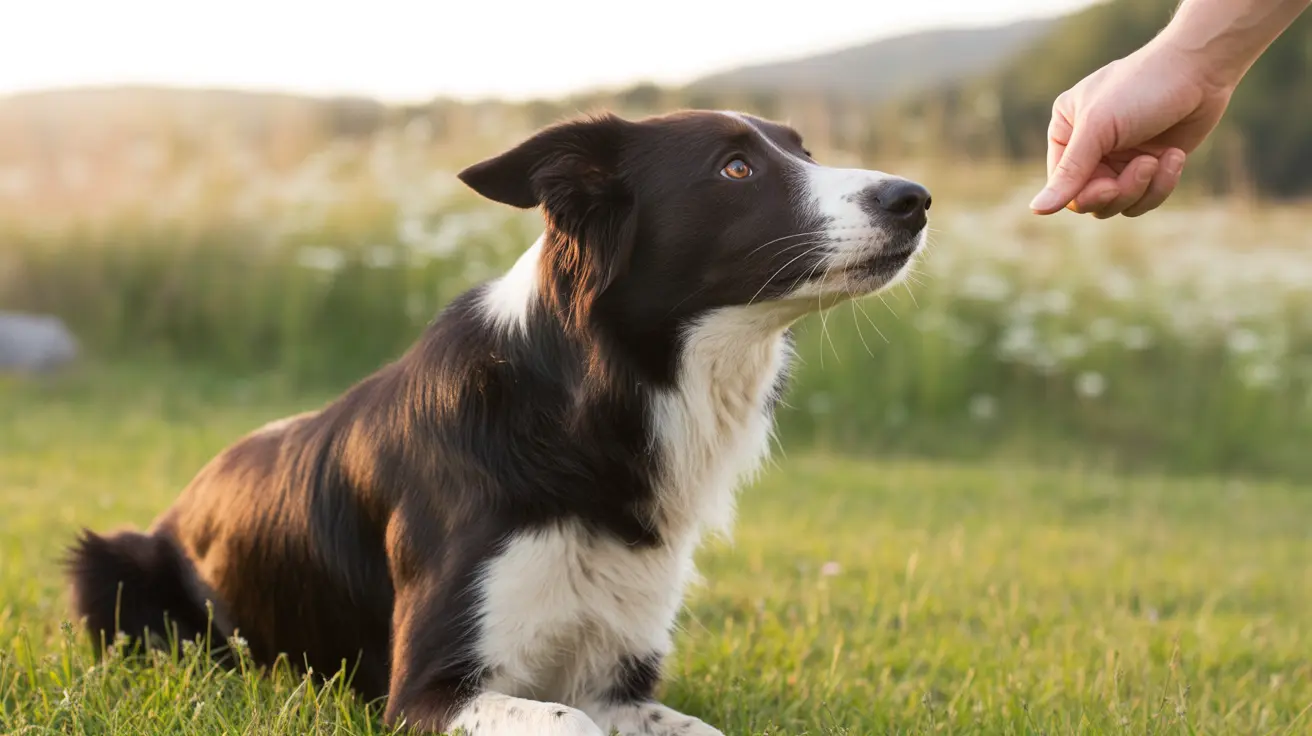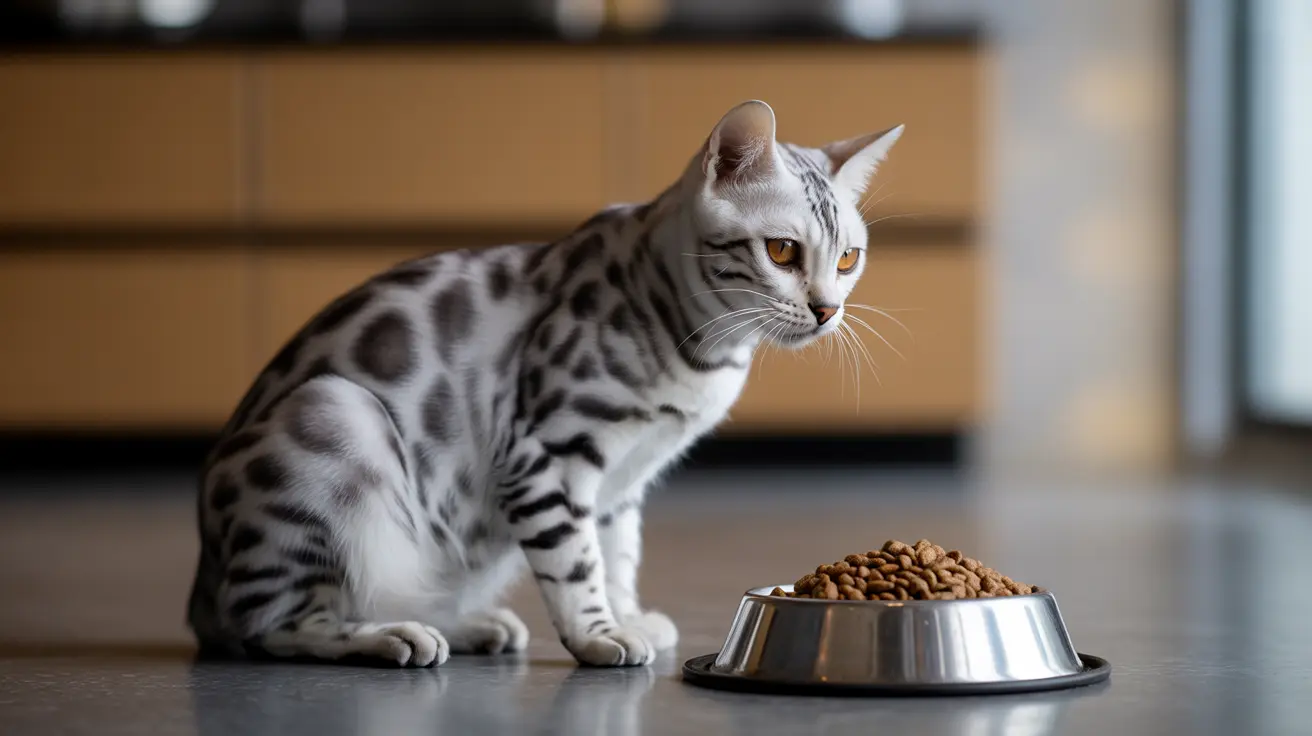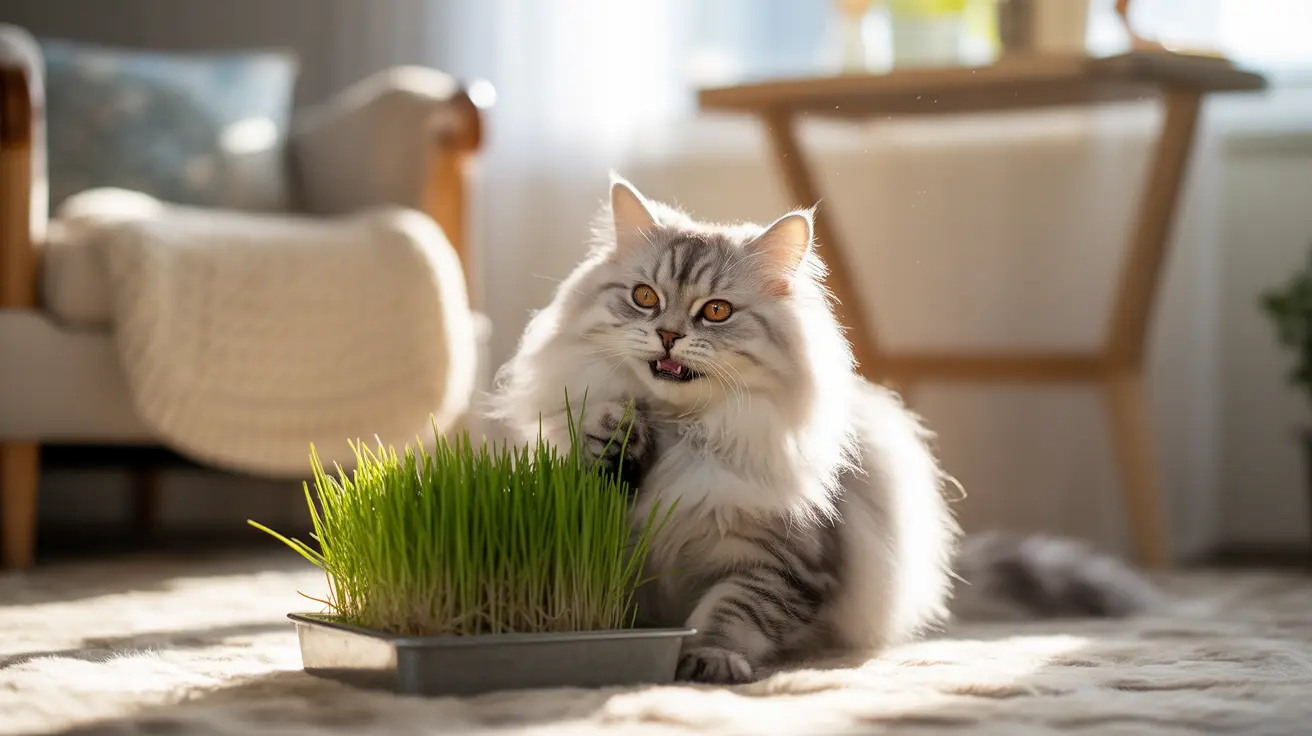Why 'Put Away Your Toys' Is the Hardest Command to Teach a Dog
Training your dog can be a rewarding challenge, strengthening your bond while sharpening their mental acuity. Among the many commands you can teach — such as sit, stay, or shake — one of the most difficult is teaching a dog to put away their toys. This task requires multiple learned behaviors, memory recall, and consistent reinforcement.
The Complexity of the 'Put Away' Command
Unlike simple commands like 'sit' or 'come,' the 'put away' command is multi-step. Your dog must:
- Identify the toy by name or type.
- Pick it up using their mouth.
- Navigate to the designated basket or storage spot.
- Release the toy into the container on command.
Each of these tasks is a behavior unto itself. When chained together, they require not only mechanical learning but also cognitive processing and decision-making.
Why It's So Challenging
- Combination of Skills: Dogs must combine obedience (following commands) with learned tasks (carrying and dropping objects).
- Abstract Concept: Unlike commands that are reactive ('sit' after hearing the word), 'put away' comes with a goal-oriented sequence, harder for dogs to conceptualize.
- Distraction Management: The presence of multiple toys can lead to confusion or distraction, especially in playful or active dogs.
- Repetition and Patience: Reinforcement must be patient, consistent, and sequenced properly to foster understanding.
Using Positive Reinforcement
Consistently rewarding successful attempts is key. Start by encouraging short sessions (5–10 minutes daily) and celebrating even partial progress—like picking up the correct toy or moving toward the basket.
Steps to Train 'Put Away Your Toys':
- Teach the 'drop' command into a designated basket.
- Associate toy names to build identification skills.
- Introduce the 'put it away' phrase after the dog masters drop and fetch behaviors.
- Practice with increasing distance between the toy and basket.
- Generalize the behavior to different toys and rooms.
Recommended Training Environment
Create a quiet and distraction-free area to begin. Use a sturdy basket accessible to your dog, and select a few preferred toys initially. Avoid overwhelming them with too many options at once.
How Long Does It Take?
Timeframes can range from a few weeks to several months, depending on your dog’s breed, age, and existing obedience skills. Intelligent working breeds (like Border Collies or Poodles) may catch on faster, while others may need more patient training sessions.
Tools That Can Help
- Clickers: For sound-based positive reinforcement.
- Treat-dispensing toys: To make the training experience more rewarding and fun.
- Verbal praise: Dogs thrive on enthusiastic verbal encouragement.
Make It a Game
Turn training into play by having a race or 'clean-up time' before bedtime. This keeps your dog motivated and ensures they view the command as enjoyable rather than a chore.
Other Commands That Can Be Challenging
- Recall with Distractions: Teaching a dog to come in the presence of other dogs or exciting stimuli is another top difficulty.
- Leave It: Resisting food or toys on the ground requires advanced impulse control.
- Heel: Maintaining a close walk on a loose leash can be hard, especially for high-energy breeds.
While many of these can be mastered through consistent repetition and rewards, 'put away your toys' typically remains a standout in complexity due to its multi-faceted structure.
Conclusion
Training your dog to put toys away stimulates both mental and physical faculties, making it a worthwhile but intricate task. While not all dogs will master this quickly, with consistency, patience, and positive reinforcement, most can learn the trick with time. Celebrate small victories and make the learning process fun and interactive to foster long-term success.





